Calving is in full flow on spring calving dairy farms. If 90% of cows calve within six weeks, this means that on average 2% of the herd will calve every day for six weeks.
While calving is rarely routine, even taking this as an average, and presuming that milk will be withdrawn for four days means that 8% of all cows in the herd’s milk will be out of the tank each day.
The issue at the moment is that with the mild weather this milk is turning sour really quickly. Normally, you would expect this milk to last a day or two in barrels without going sour, but farmers are finding that it is going sour after only 12 hours, because air temperatures are higher than normal.
There are a number of solutions:
Firstly, if the milk could be circulated it would help to prevent it turning sour. The act of circulating milk will help to keep it cool.
Of course, the ideal thing is to keep the waste milk in an old bulk tank. Some farmers pump milk from the dairy into one of these small old tanks with cooling and agitators keeping it fresh for up to a week.
Convert it to yoghurt
The other option is to treat the milk. The easiest way to preserve is to convert it to yoghurt. However, farmers have mixed results with this. The most common issue is that the culture fails to grow because of antibiotic residues in the milk.
The protocol is to add a tub of natural yoghurt to a bucket of warm milk and leave in a warm place overnight.
This culture can then be added to a larger drum or barrel of milk and it should convert to yoghurt which will hold for much longer than raw milk. Keep adding a bucket of yoghurt milk to a barrel of raw milk to keep the yoghurt growing.
If making yoghurt isn’t possible, the milk could be treated with an acidifier. This reduces the pH of the milk and helps it to preserve.
Milk acidifiers were commonly used in the past when farmers wanted to store superlevy milk and were also used in conjunction with ad lib feeding of whole milk.
Milk acidifying agents for preserving milk are available from some co-ops and costs about 10c/l of preserved milk. The preservative lasts for over one month but the milk should be fed to calves at least two weeks of age.
Preserving this waste milk now will mean that it can be fed in a week or two when there will be less waste milk produced as calving will have slowed and there will be plenty of calves to feed.




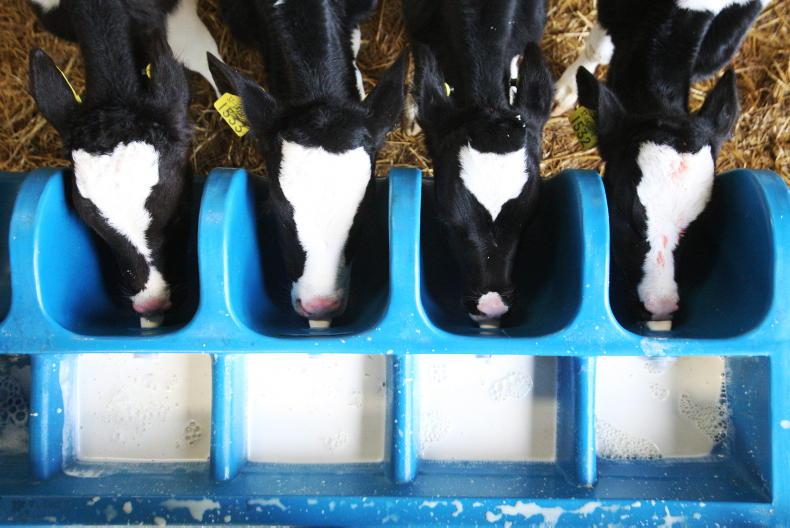
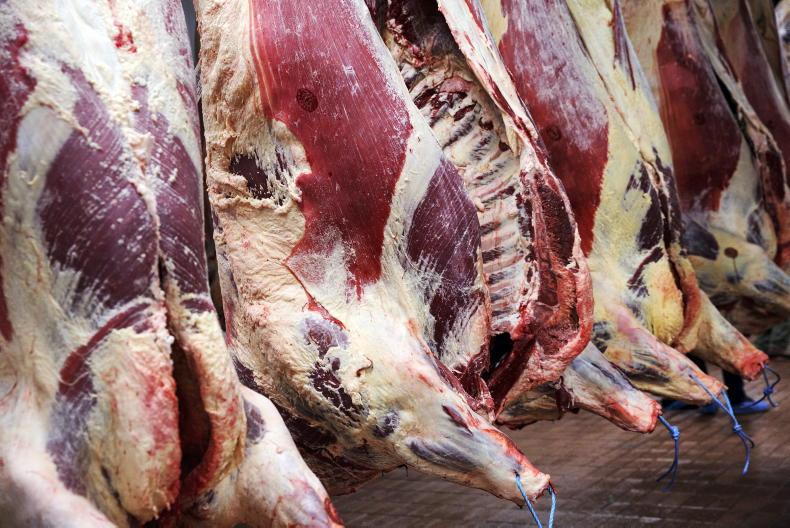

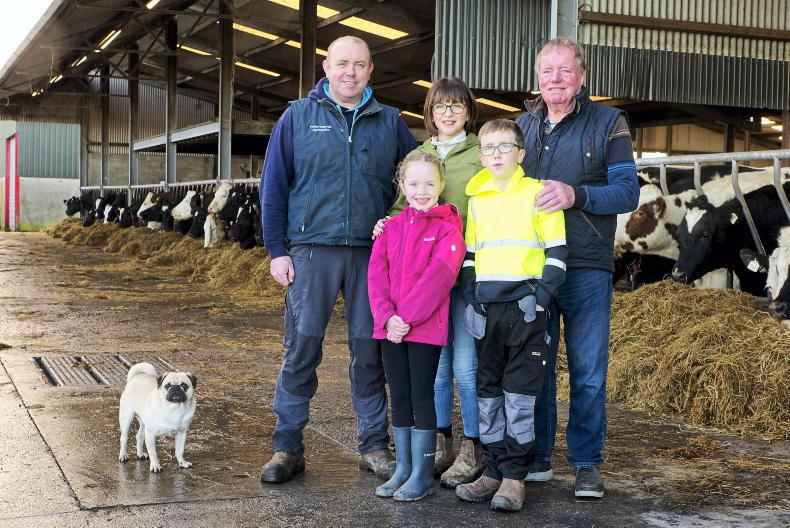
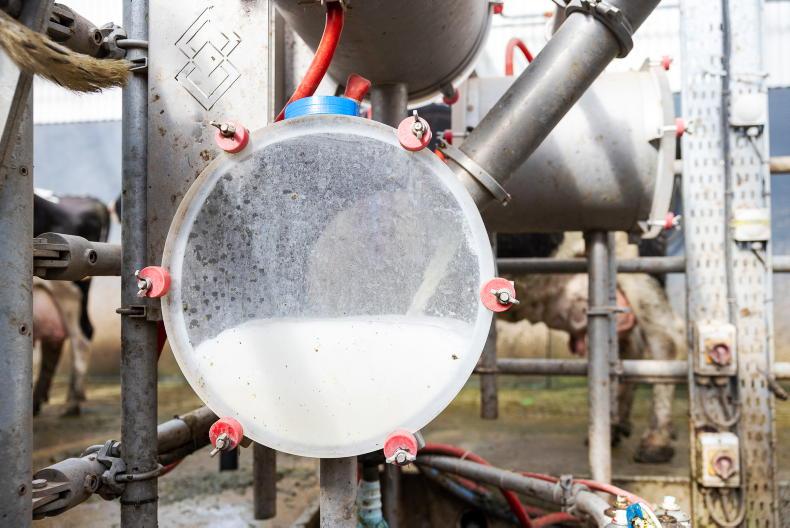
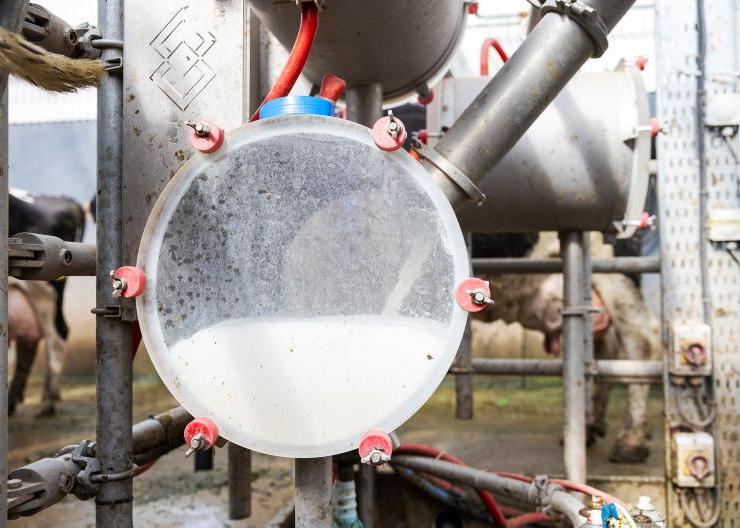
SHARING OPTIONS